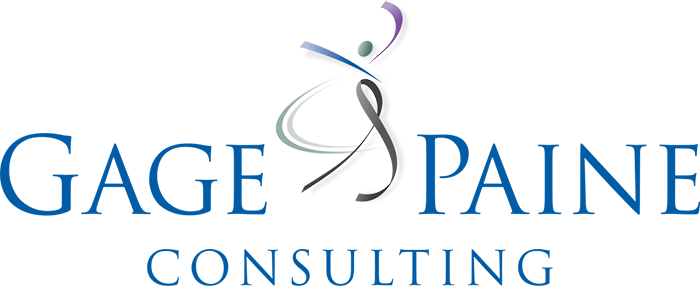Yoga and breathing

Photo by Clay Banks on Unsplash
Audio Version
As we continue to explore the importance of breath this week, today we’ll look at the importance of the breath in yoga. Tomorrow, we’ll finish the week exploring the role of the breath in leadership.
In the United States, we tend to focus on the physical aspects of yoga. Most people have seen at least a picture of someone in one yoga pose or another. And I imagine most people come to yoga as a physical practice. I know I did. I mentioned my first yoga class earlier in the week, but that was an Informal Class at UT Austin and I never went back for reasons I don’t remember at this remove. Ten years later a doctor recommended I take up yoga. I had just been diagnosed with an auto-immune disease and the doctor recommended yoga to keep my joints healthy. (FYI, my diagnosis was indeterminate and eased up after a few years – apparently, that happens occasionally.)
As is my usual style, when I wanted to learn about yoga, I first bought a book. While I’ve never loved the title, the Idiot’s Guide to Yoga was actually a great introduction to the practice. But, as you would expect, I learned the most in a class for beginners. It was in that class that I learned one of the critical differences between yoga and other forms of physical exercise – the attention paid to breathing.
In yoga, we don’t just move from one asana (posture) to another. Instead, as we change our positions, we match our breathing to the movements. We take deep breaths as we open our chests, and exhale as we fold forward. Backbends are energizing moves, they open the chest and lungs and we inhale deeply. Forward bends are calming as we exhale deeply. When a pose is difficult, shifting our attention to our breath can help us find a way to relax into the pose. Noticing when our breath is tight can alert us to the reality that we are trying to force something to happen.
Breathing into our days
We can take these yoga and breath practices into our daily life and into our leadership. In the middle of a difficult situation, no matter your role, having the ability to connect with your breath allows you to be present. When you concentrate on each aspect of the breathing process, you are present; you let go of the past and future and are focused on the moment inside the breath. As I’ve mentioned earlier deep exhalation is calming and being able to stay calm when stressed is always a useful skill. In the same way, when you are tired or concerned, taking deep breaths is energizing. In the middle of a long day, standing up, stretching slightly and taking a deep breath is refreshing. Yoga teaches us more than the ability to move our bodies in new and challenging ways. Yoga’s focus on breathing can help us increase our ability to focus on our work, be present to the people and tasks around us, and manage the energy needed to get through a challenging day.
Today’s meditation is designed to create energy. You can do it seated, but if you can create enough space to stand and move your arms that will be best. (And if your new work-at-home coworkers are of the younger demographic, they might want to join you. It’s not bounce-off-the-wall energy so it might even help them in their new situation.)
Take care,
